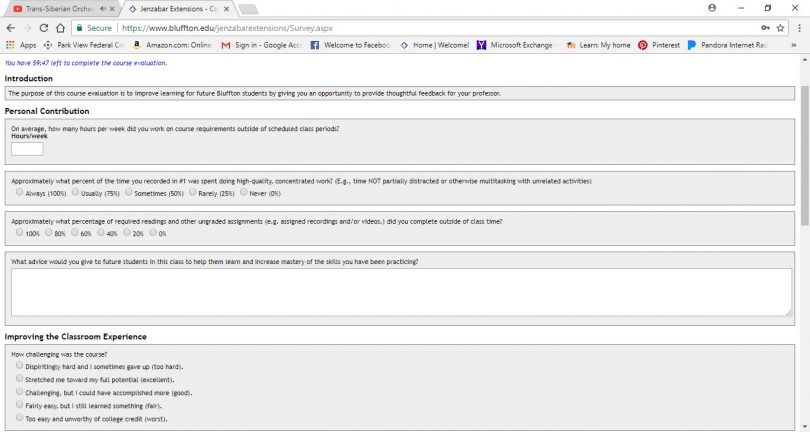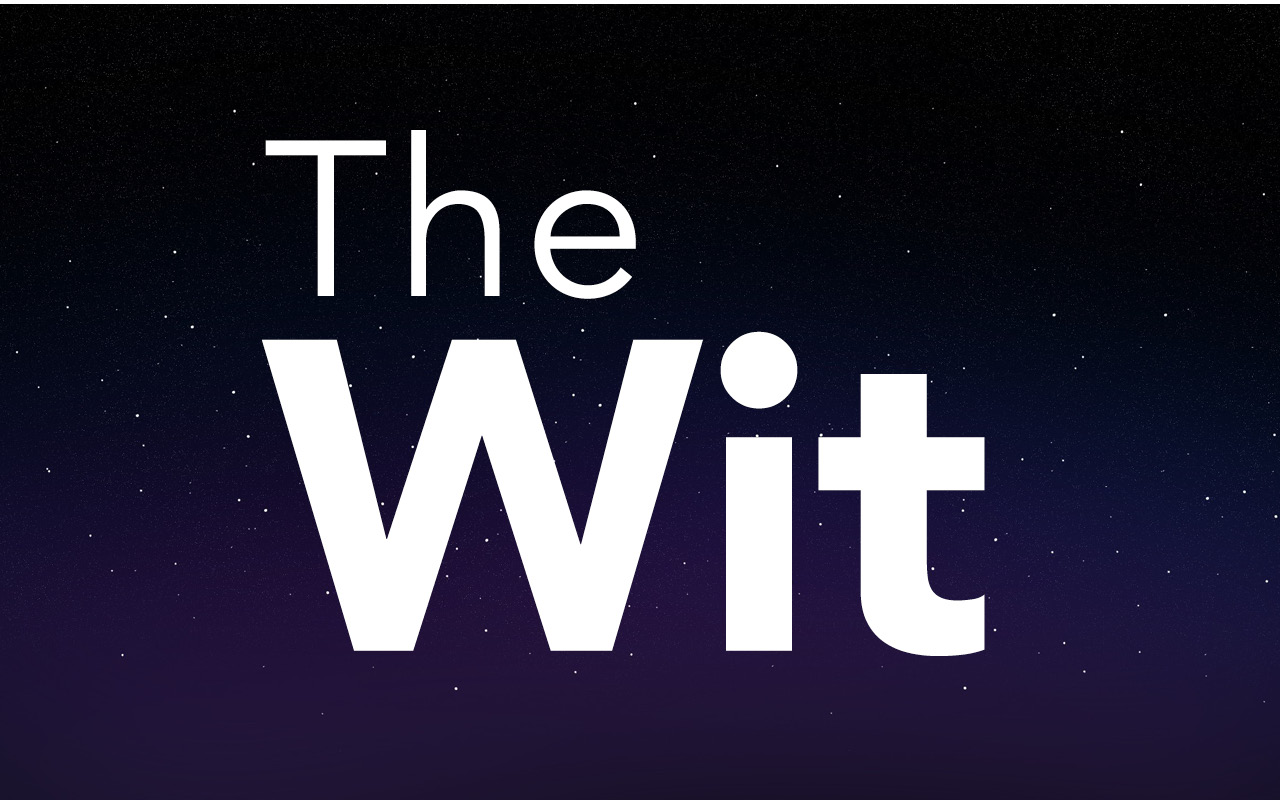Each semester, the week before exams, students receive an email encouraging them to fill out a course evaluation for each of our classes. Students respond to questions and rank the courses according to how much they’ve learned, how the professor has aided in their success and so on.
Course evaluations are due before students receive their final grades, but professors don’t see them until the entirety of final grades have been submitted; this system prevents low grades given to students who submit a poor course evaluations.
Students receive reminder emails to further encourage them to fill these out, but what actually happens to them? Many students don’t take the time to complete them, thinking nothing productive gets done with them.
Each course evaluation is seen by the evaluated instructor, the department chair and the dean of students then kept in the professor’s file in the Academic Affairs office. Interim Associate Dean Randy Keeler said the goal is teacher development, especially in the case of poor evaluations or new professors.
But, why can it feel like the honestly poor course evaluations are swept under the rug?
It’s evident that some professors take their course evaluations very seriously and deeply value student input to improve the course in the future, but others seem to stay stuck in the same pattern they’ve been in for years.
Every student has either filled out a negative course evaluation or knows someone who has. You can spend time filling out a detailed account of your negative, sometimes degrading experience, and nothing is ever mentioned of it.
It’s difficult to justify taking time out of one of the busiest weeks of the semester to fill out an evaluation that is never heard about again.
I personally have filled out a few poor course evaluations on professors who have failed to aid in my learning. I wasn’t bitter or upset about an isolated incident, but rather gave detailed examples of how the professor or class had a few serious, unsettling discrepancies. It can be months or years later, and you still hear classmates having the same grievances with that professor.
Students are aware of professors whose teaching styles aren’t contributing to any student’s learning; they’ve been here for years and nothing has changed. Students see their feedback doesn’t necessarily mean change will occur. Some can wait their entire four years here for a professor to change their bad habits mentioned in course evaluations and never see an adjustment.
It’s difficult for the university to determine how a professor is succeeding or failing when so few students actually complete the course evaluations. If all students, whether giving positive, negative or somewhere-in-the-middle feedback, give the overseeing faculty the broader view of the where the professor flourishes and where they may fall short, it could help to improve the university.
When students don’t feel they are being heard, they quit responding and maybe even leave the university entirely. Students have to feel a connection to be able to thrive and continue to grow and develop during their undergraduate education.
Bluffton strives for development, but at what point will the student input be enough for the university to realize some professors are hindering learning more than contributing to it?
Changes cannot be made without student feedback. Administrators should consider reevaluating how seriously they receive student feedback, but that cannot be done if students fail to give that to them.
Bluffton is an institution focused on growth and development, and this practice extends to the professors, as well.
But, when the number of students who benefit from a professor are far outweighed by the students who don’t, it’s the institution as a whole who suffers.







